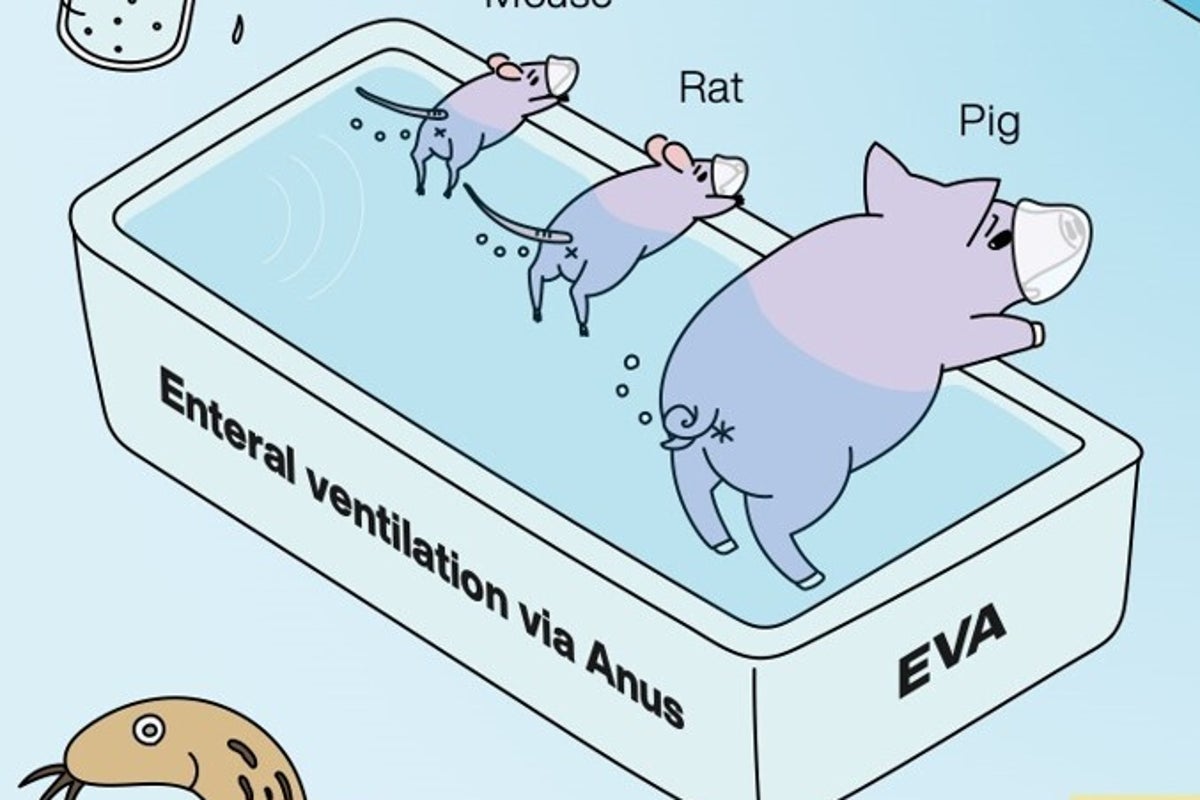In a groundbreaking study published in PLOS Biology, scientists have unveiled the remarkable survival strategy of Paralvinella hessleri, a species of worm found thriving in the depths of the Pacific Ocean’s hydrothermal vents. These vents, which expel boiling water and toxic gases like hydrogen sulfide and arsenic, represent one of the harshest environments on Earth. The study, led by Dr. Hao Wang and his team, offers extraordinary insights into how life can endure where few other organisms can.
Hydrothermal Vents: The Extreme Environment of the Deep Ocean
Hydrothermal vents are geological features found deep on the ocean floor, where tectonic plates shift and volcanic activity heats the water. These vents discharge superheated water, along with a mix of deadly chemicals like hydrogen sulfide, arsenic, and methane. Such an environment is typically inhospitable to most forms of life due to the intense heat, lack of sunlight, and abundance of toxic substances. Yet, in this seemingly impossible setting, the Paralvinella hessleri worm not only survives but flourishes.
These vents are often compared to the Earth’s most extreme environments, akin to the surface of another planet, making any form of life in these zones extraordinary. The organisms that do survive here have evolved incredible adaptations that allow them to endure harsh conditions. For example, the worms of the Paralvinella hessleri species are resilient enough to thrive mere centimeters from scalding hydrothermal fluids and toxic gases.


The Discovery of Paralvinella Hessleri and Its Stunning Survival Mechanisms
In the study, the research team used a remotely operated vehicle (ROV) to explore a hydrothermal vent system in the West Pacific. As they navigated these depths, they made an astonishing discovery: the bright yellow Paralvinella hessleri worms. These worms stood out against the otherwise dark and desolate landscape of the hydrothermal vent walls, with their vivid color creating an image that was almost surreal.
Dr. Hao Wang, the lead author of the study, recalls, “This was my first deep-sea expedition, and I was stunned by what I saw on the ROV monitor. The bright yellow Paralvinella hessleri worms were unlike anything I had ever seen, standing out vividly against the white biofilm and dark hydrothermal vent landscape.” The worms’ bold color is not just a visual anomaly but is crucial to their survival strategy.
A Close Look at the Chemical Warfare Strategy: How These Worms Survive
The key to the Paralvinella hessleri worms’ survival lies in their ability to manage the toxic substances that abound in the vent environment. The worms have evolved a sophisticated mechanism to detoxify arsenic and hydrogen sulfide—two deadly substances that would be fatal to most life forms.
The researchers discovered that the worms accumulate arsenic in their skin cells, which normally would poison any creature that ingested or absorbed it. However, Paralvinella hessleri uses an ingenious method to neutralize the arsenic by combining it with sulfur from the surrounding water. This chemical reaction forms a yellow mineral called orpiment, which is not only non-toxic but also gives the worms their distinctive color.
Dr. Wang explains the importance of this finding, saying, “Understanding the underlying mechanisms could help us develop new approaches to dealing with environmental toxins.” By studying the biological processes behind the formation of orpiment, scientists could potentially replicate this natural detoxification system in other fields, including environmental remediation and medicine.
A Glimpse into the Molecular Mechanisms: What Science Still Needs to Discover
While the discovery of Paralvinella hessleri’s arsenic-detoxification mechanism is groundbreaking, much about the molecular processes at work remains a mystery. The exact biological pathways through which these worms neutralize the arsenic are still not fully understood, and future research is needed to explore these mechanisms in greater depth.
Scientists are particularly interested in the way these worms absorb and process sulfur and arsenic. It is possible that the mechanisms they use to deal with toxic chemicals might be transferable to other organisms or even to humans. There are parallels between the way the worms process arsenic and how humans have developed filtration methods to treat arsenic-contaminated water. However, the efficiency of the worms’ method in their extreme environment suggests that there may be even more advanced biological processes at play that scientists have yet to uncover.
Source link

